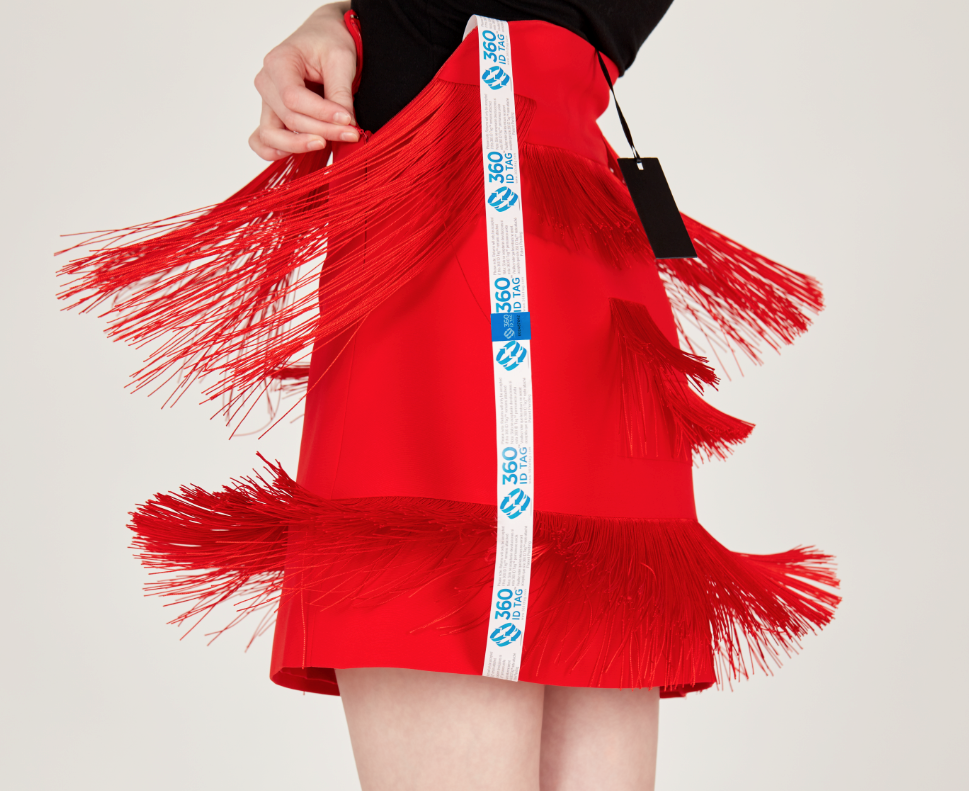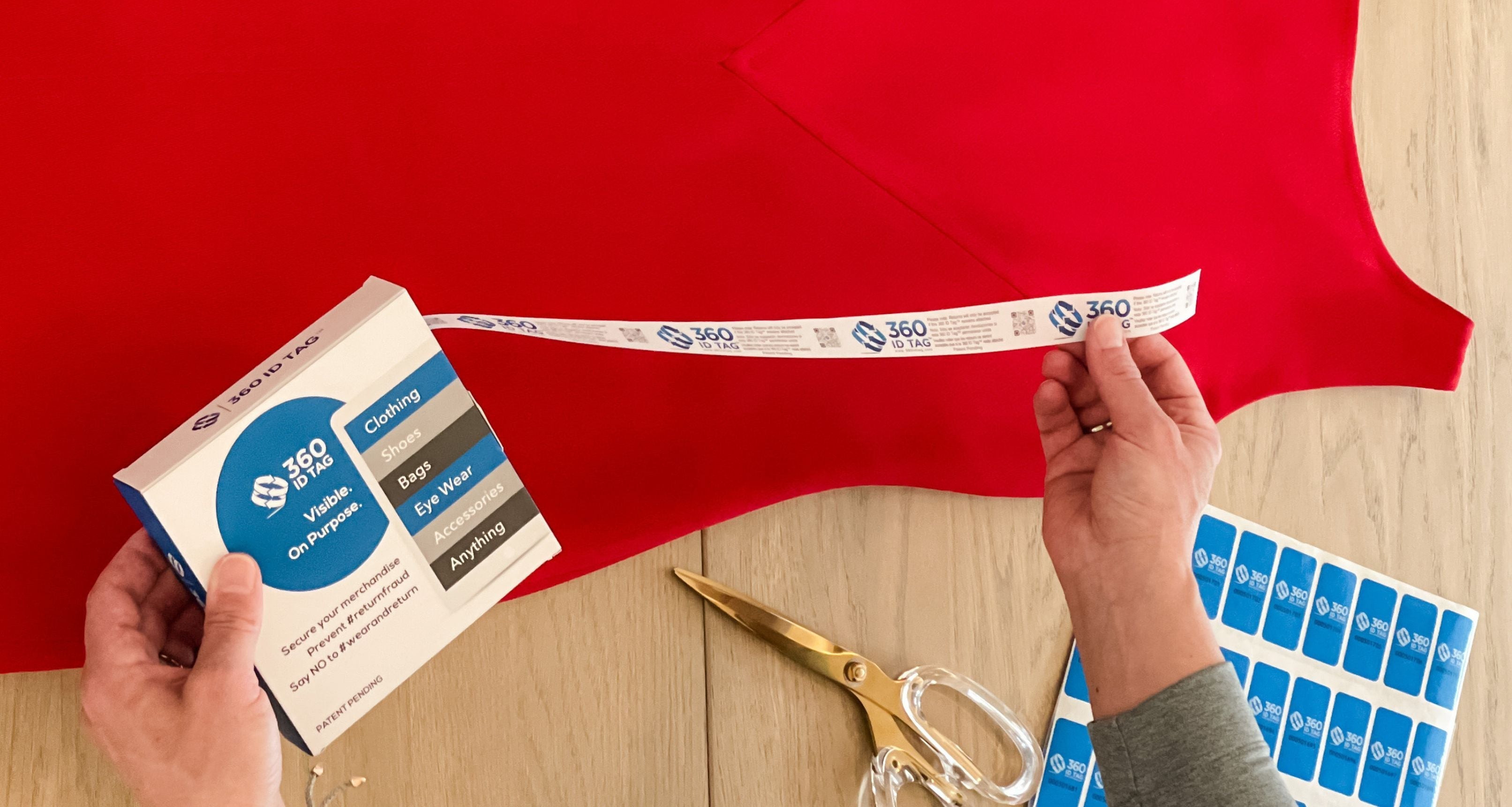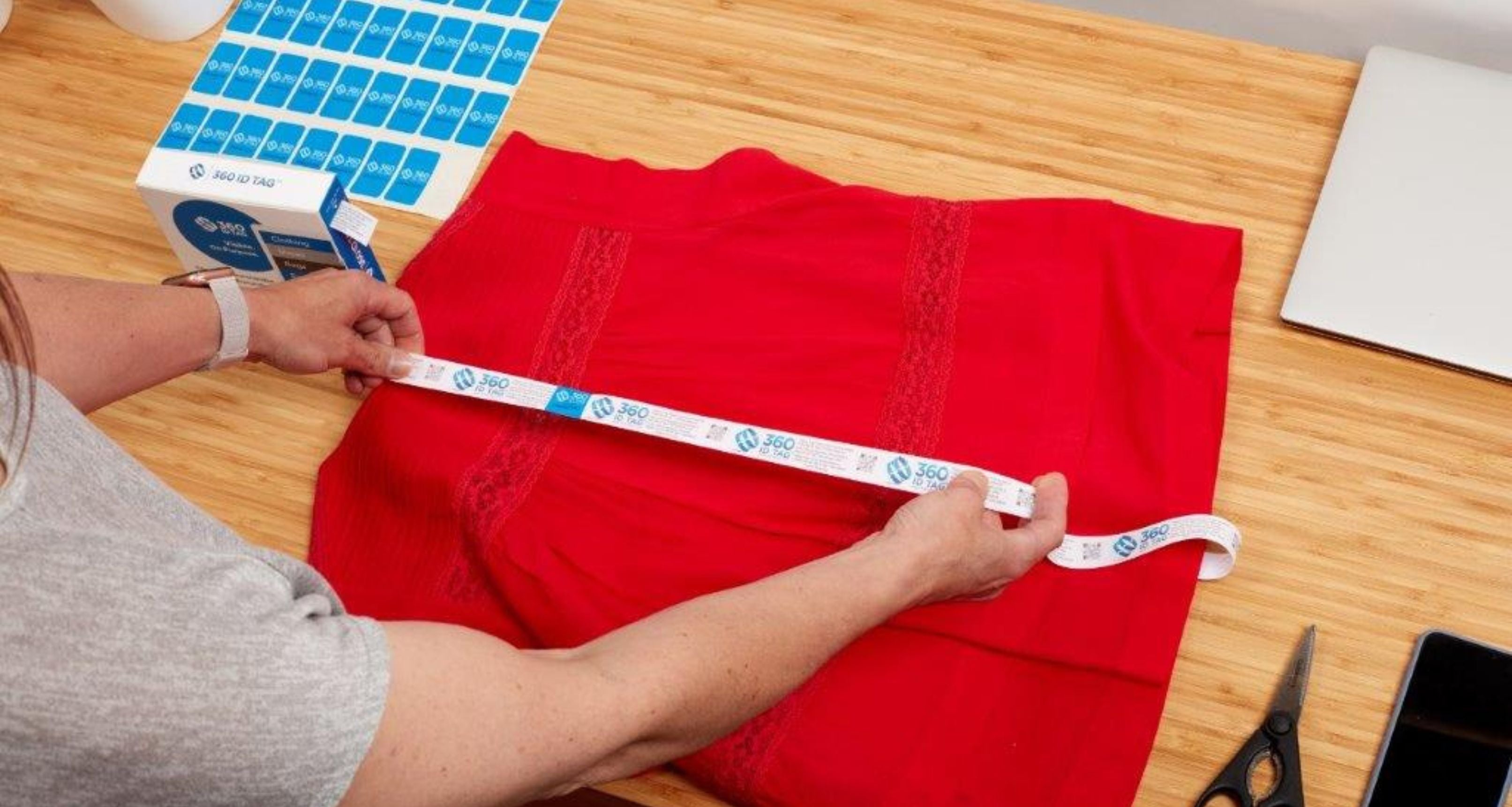
THE TAG BLOG
Wardrobing 2025: How E-Commerce Is Fighting Back Against Return Fraud
OCTOBER 2025
THE $850 BILLION RETURNS PROBLEM
According to the 2025 Retail Returns Landscape by the National Retail Federation (NRF) and Happy Returns, retailers expect $849.9 billion in merchandise to be returned this year, equal to 15.8 percent of total sales. Online orders carry even more pressure: nearly one in five (19.3 percent) of all online purchases are returned.
What began as a necessary cost of doing business has evolved into one of retail’s greatest operational and financial challenges. Returns now sit at the center of the customer journey and the balance between convenience and control is testing even the most advanced e-commerce operations.
WARDROBING AND THE NORMALIZATION OF "RULE-BENDING"
The NRF report confirms what many merchants already know: return abuse is widespread. Nearly 62 percent of consumers admit to engaging in at least one return behavior that is costly or abusive from “bracketing” multiple sizes to short-term “wardrobing” use before returning.
Even more concerning, 45 percent of shoppers say it’s acceptable to “bend the rules” when returning an item — a figure that climbs to 66 percent among Gen Z.
45 percent of shoppers say it’s acceptable to “bend the rules”
Source: NRF Research 2025 Retail Returns Landscape
Wardrobing in particular — buying apparel, wearing it once, and returning it as “unused” has unapologetically become mainstream behavior.
These acts may seem minor to the shopper, but their impact is enormous: each fraudulent or abused return chips away at margins, inflates logistics costs, and diverts inventory from legitimate customers.
“Wardrobing has become so prevalent, retailers need visible, tamper-evident proof that an item hasn’t been used.”

Designer baby clothes are disproportionately targeted for wear and return fraud. Shown here is the Classic Loop Pack - 22mm.
WHY AI CAN'T SOLVE RETURN FRAUD ALONE
Technology has advanced rapidly, yet NRF’s data shows that digital tools alone aren’t enough. Eighty-five percent of retailers now use artificial intelligence or machine learning to identify suspicious return behavior, but only 45 percent believe these tools are fully effective.
AI can detect patterns such as repeated empty-box claims or label tampering, but it can’t prove whether a specific dress was worn to an event or if a handbag was swapped for a counterfeit. The gap between digital detection and physical verification is where return fraud continues to thrive.
To close that gap, e-commerce retailers need tangible, tamper-evident tools that bring accountability back into the returns process.
MAKING PROOF VISIBLE: WHERE THE 360 ID TAG STEPS IN
The 360 ID Tag is a tamper-evident return-control tag designed to help retailers verify authenticity and condition without complicating the customer experience.
Customers can still try on garments at home, but if the tag is removed or tampered with, the item is no longer eligible for return. The design is simple, inexpensive, and secure: once detached, it cannot be reapplied.
Benefits for E-Commerce Operations
- Prevents wardrobing and abusive returns: provides visible, undeniable proof of non-use.
- Protects profit margins: by cutting losses linked to counterfeit swaps and false claims.
- Reduces operational friction: fewer disputes, faster restocking, and less manual inspection.
- Works alongside AI systems: provides the physical layer of verification that digital tools cannot.
- Supports sustainability: minimizes unnecessary reshipping and reprocessing.
360 ID Tag is already trusted by fashion and luxury retailers globally, from high-volume e-commerce operations like Retrofête to boutique brands like Rodarte, as a deterrent against wardrobing and a safeguard for return integrity.

The serialized tamper-evident 360 ID Tag must be removed before wearing the item in public. Shown here is the Classic Loop Pack - 22mm.
GEN Z: A NEW KIND OF RETURN RISK
NRF’s research highlights Gen Z as both retail’s most valuable future customer and its biggest returns risk. This generation averages 7.7 returns per year, more than any other age group.
They also lead in behaviors like bracketing and wardrobing, and two-thirds openly say it’s fine to bend the rules if they’re unhappy with a purchase. Their preferences for free, box-free, instant refunds have redefined expectations, but they’ve also pushed retailers to absorb unprecedented costs.
Retailers are responding with smart sizing tools, exchange incentives, and visible verification systems like 360 ID Tag that allow flexibility without enabling abuse. The goal isn’t to make returns harder; it’s to keep the process honest, particularly due to the anonymity of e-commerce.
FROM AI TO ACCOUNTABILITY: BUILDING A SMARTER RETURNS FUTURE
The NRF report shows that fraudulent returns now account for roughly one in ten transactions. That’s billions in lost merchandise and an unsustainable hit to retailers already managing rising shipping and warehousing costs.
To reverse this trend, the future of returns will depend on three pillars:
- Technology: AI for data-driven fraud detection and trend analysis.
- Visibility: physical verification, in the form of a 360 ID Tag, to prove authenticity and integrity.
- Transparency: clear return policies that communicate fairness to customers.
"At 360 ID Tag, we believe that returns should be convenient for honest shoppers, not those trying to game the returns honesty system. The 360 ID Tag makes that distinction visible."
RECOGNIZED BY THE REVERSE LOGISTICS ASSOCIATION (NOW PART OF THE NRF)
In March 2024, 360 ID Tag was recognized by the Reverse Logistics Association with a People’s Choice Award for innovation in return-fraud prevention. This recognition underscores the industry’s growing awareness that fighting fraud isn’t just about loss prevention; it’s about restoring trust between retailers and shoppers.
THE TAKEAWAY: REDEFINING RETURNS FOR 2025 AND BEYOND
The NRF’s 2025 findings make one thing clear: return fraud and abuse are no longer isolated events; they’re systemic behaviors. Retailers who balance customer convenience with visible accountability will be the ones who thrive.
The 360 ID Tag offers a practical, scalable way to deter wardrobing, protect profits, and maintain the seamless experience shoppers expect. As e-commerce continues to evolve, visible security will become invisible trust.

Thread the 360 ID Tag through merchandise to prevent wardrobing. Shown here is the Compact Loop Pack - 10mm.
Game-changer for our business!
"So glad I found this product and business. It has been absolutely helpful with our new small business. If you’re considering getting it I’d recommend you do. Loooking forward to creating a customised version as we expand 💖"
- Amady (Verified Buyer)
If you’re looking for a scalable, affordable, and easy-to-implement solution to combat wardrobing return fraud, we’d love to help.
Feel free to leave a comment below or contact me directly at info@360idtag.com, and I will be happy to assist you.
CHELSEA DUHS - FOUNDER 360 ID TAG
Find the right 360 ID Tag pack for your business
We offer a variety of 360 ID Tag packs, with different combinations of return tag material and tamper-evident security seals. You can also create a custom combination to fit your specific needs. Browse our 360 ID Tag products and select the return fraud solution that best suits the types of products you sell online.
LATEST ARTICLES
Wardrobing 2025: How E-Commerce Is Fighting Back Against Return Fraud
E-commerce returns are expected to reach $850 billion in 2025, with nearly one in ten proven to be fraudulent. As shoppers demand free, flexible returns, retailers are struggling to combat costly behaviors like wardrobing—buying, wearing, and returning items as “unused.” The NRF 2025 Retail Returns Landscape reveals that 45% of consumers admit to bending the rules, highlighting the urgent need for visible, tamper-evident solutions. The 360 ID Tag gives retailers the proof they need to distinguish honest returns from abuse—protecting profit margins while preserving a seamless customer experience.
Read moreWardrobing: how e-commerce merchants can combat return fraud
👗 Wear. Post. Return. It’s called wardrobing—and half of all retailers are still battling it in 2025. Our latest blog breaks down why this return fraud continues to thrive and how businesses can finally put a stop to it.
Read moreTackling Fraudulent Returns: Survey Confirms Wardrobing as the #1 Culprit
Today, return fraud has evolved into a costly and ongoing challenge for businesses. Wardrobing, where customers buy merchandise, use it briefly, and then return it for a full refund, is particularly disruptive. Secure Authentication Brands recently conducted a survey to understand the impact of return fraud and gather insights from business leaders on their most pressing concerns. Here's what we found and how our anti-return fraud tagging solution is helping companies turn the tide.
Read more



